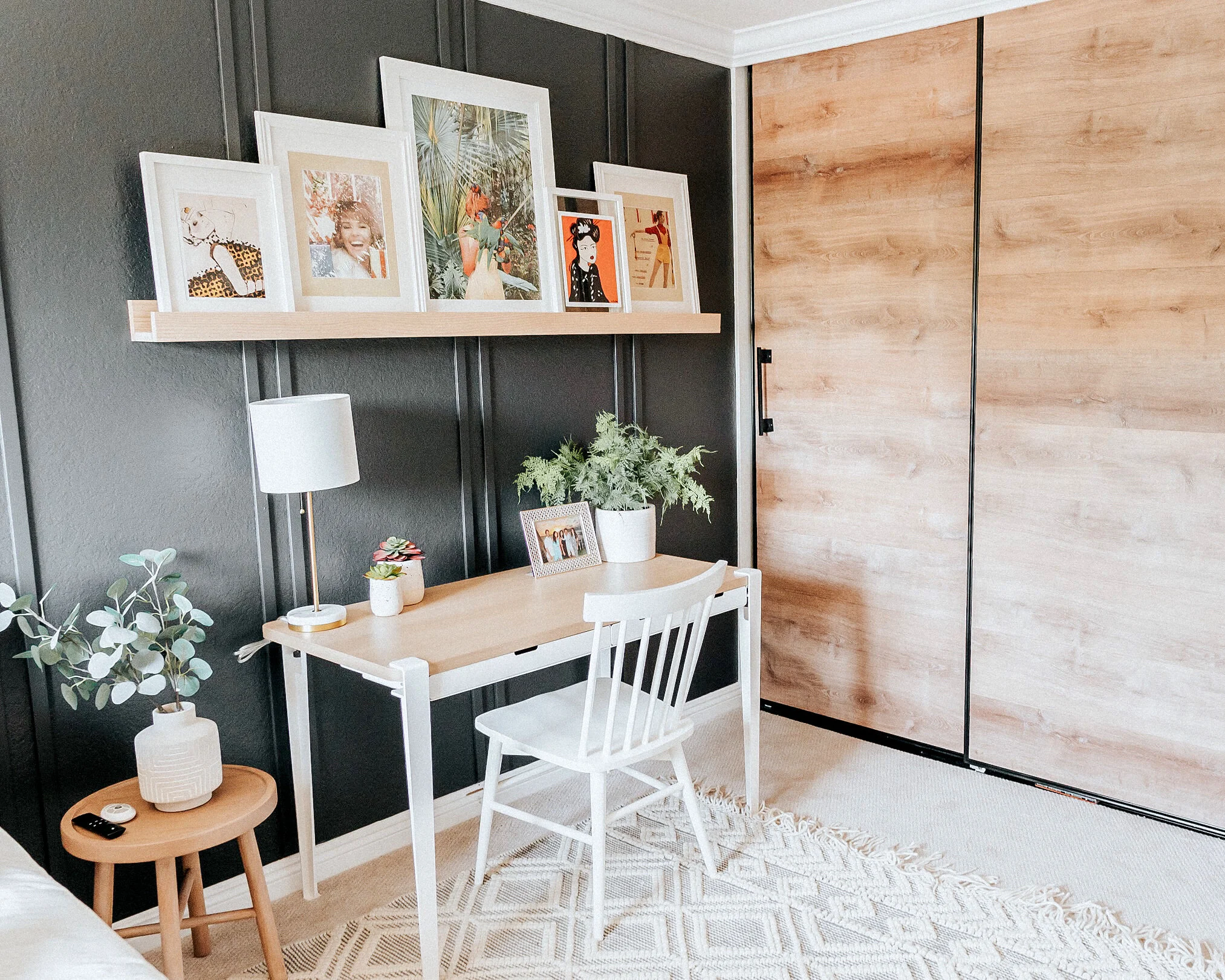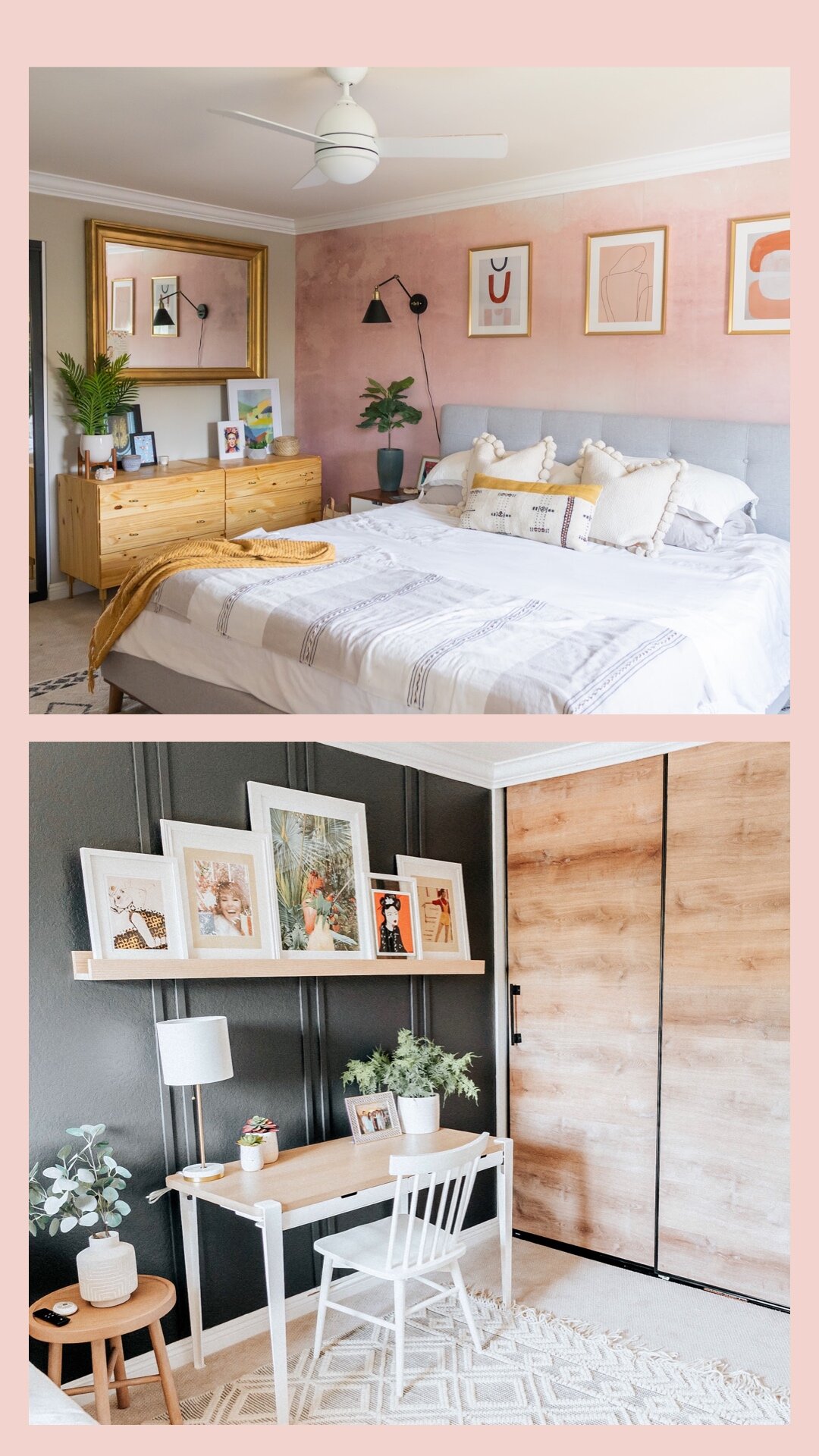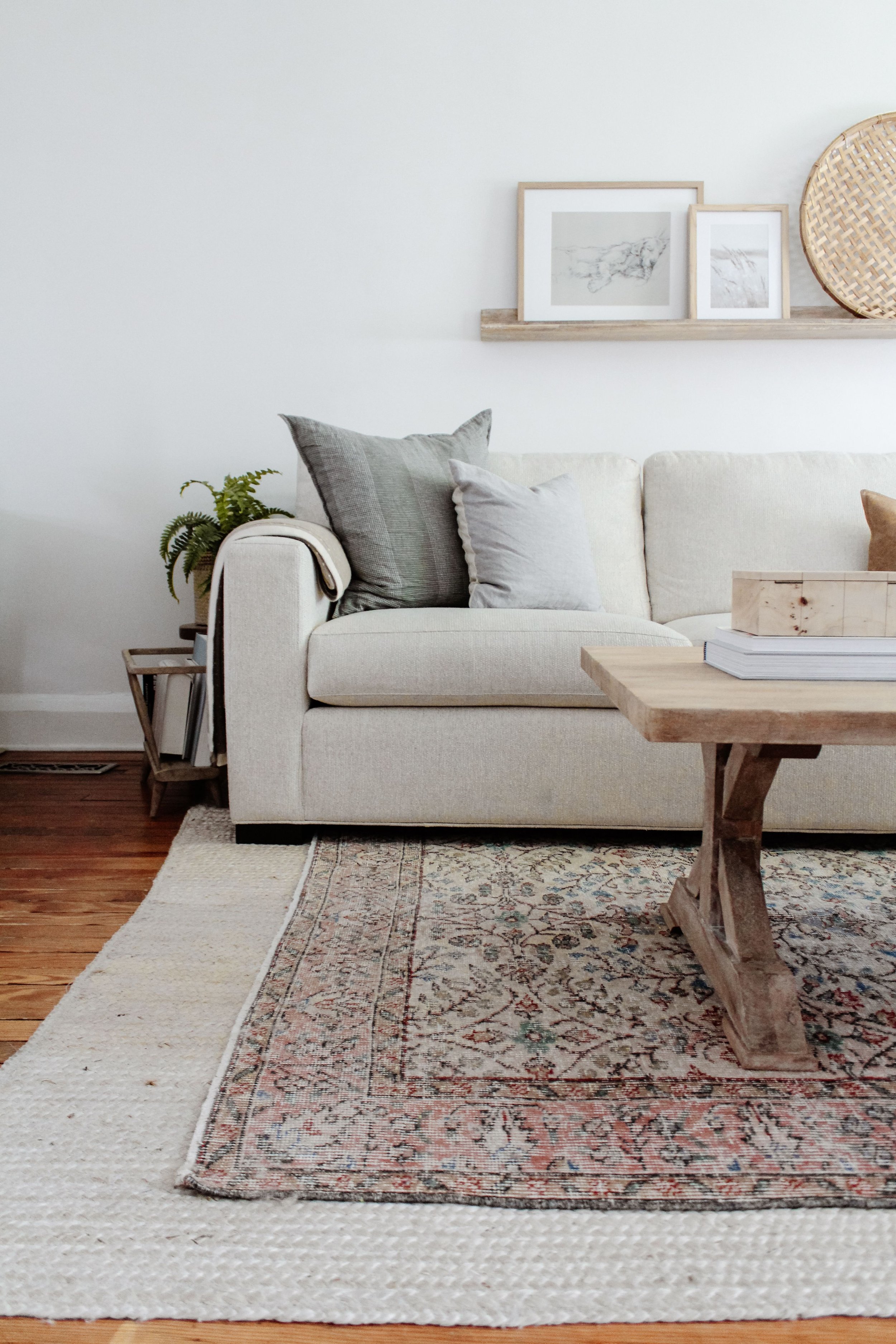Here’s How You Can Incorporate Art Into Your Home Decor
Here's How You Can Incorporate Art Into Your Home Decor
It is needless to say that impressive artwork pieces can add a level of depth and sophistication to your home. With a touch of luxury, it actually mirrors your personality, interests, and beliefs. However, if you are new to the art-collecting world, you might have a hard time figuring out the best way to incorporate art into your home.
Reality Check! Anyone can go and buy chic prints, but not everyone has the ability to make the most out of these art pieces. Remember, art is much more than just a decor piece; it builds a connection with colors and evokes certain emotions. And let’s not ignore the fact that it gives a curb appeal to your home’s interior.
Without further ado, let's dive right into how you can incorporate art into your decor and give your home a makeover it actually deserves.
Abstract vs. Traditional Art
Before you bring art pieces into your home, you need to figure out if you want to go with abstract or traditional art. For those who have no idea about the difference between those two art families, let us clear that up.
The word "abstraction" literally means removing ideas from objective referents. Today, abstract art is trendy worldwide due to its independent nature and focus on visual qualities such as color, texture, form, and scale. In simple words, the artwork is neither objective nor representational. The perception of what it is trying to portray differs from person to person.
On the other hand, traditional art is a significant part of a culture adopted by a particular group of people. The skills and knowledge are passed down through generations to keep the culture alive. The masterpieces are exclusively designed to express authentic emotions. This type of art is a gift to the world from different cultures such as Indian and European. So, if you can find beauty in nothingness, then you can go for abstract art. Otherwise, you can give an aesthetic appeal to the decor by incorporating traditional art pieces. The choice totally depends on you.
More art is always better.
Once you start getting impressed by those masterpieces, there is no going back. And if you want to fill your house with all those pieces, there is no point in limiting yourself to just a few. Also, there is no such thing as too many art pieces.
According to prominent interior decorators, adding different prints and designs can give an artistic touch to the living room. Not to mention that it is the perfect icebreaker when someone new comes over to your home. Plus, It would definitely be exhilarating to live in your very own at-home gallery curated exclusively by you.
Just make sure to go with matching frames to add a cohesive and coherent look to your art collection. But you need to know that art isn't limited to exotic paintings. Sculptures and modeling are also some of the significant branches of art. For instance, Territorial Indian arts are all about chic pottery, folk art, Kachinas, and Zuni carvings. You just need to find what suits your personality the best. Also, you need to make sure that you choose multiple designs from the same art family to create harmony and uniformity in the decor.
Take care of the placement.
Art hung on the wrong wall is exactly like a movie character wearing an ugly wig.
Unfortunately, an aesthetically pleasing artwork gets ruined due to improper placement.
Artwork is supposed to elevate the character of your home decor and not become an eyesore. That's precisely why the art pieces' placement is definitely the most critical part of the art introduction. For instance, paintings should be hung at the perfect height, preferably around eye level. On the other hand, there should be adequate spacing between statutes and similar pieces.
To make it much clearer, let's get down to the basics and discuss a few hacks of how to hang an art piece in your living room. Ideally, the bottom of the painting (including its frame) should be about 8 to 16 inches above your seating area. It allows you to bring the artwork to eye level.
And even if you are planning to hang multiple art pieces in a single row or column, make sure to stick to the same 8-16 inch rule. The idea is to create unified design symmetry for a welcoming vibe. Otherwise, everything will look abrupt and confusing. You can also add depth and mystery to your decor by alternatively placing those art pieces. Try different formations until the placement feels right. After all, it's your home, and it has to be decorated the way you want.
Leverage natural and artificial light
If you've ever visited an art gallery, you might have noticed the use of light to bring out the best in the artwork. Pairing your artwork with adequate lighting is again one of the crucial parts of displaying it perfectly. Lighting adds depth and allows all the colors to shine at their best. The idea is to provide the right environment so that the beauty and complexity of the artwork don't go unnoticed.
The general rule of thumb is that you need three times brighter lighting than the rest of the room's lighting for your artwork. It can be best achieved by using adequate intensity or ambiance in the room.
For this, you need to place the artwork in such a way that it is exposed to a lot of natural and artificial light. You can also consider mounting lights around the paintings so that it grabs everyone's attention. And if you are planning to mimic an art gallery look, try installing dimmer switches.
Wrapping Up!
Art is the perfect way to add interest and character to the home decor, but introducing it correctly can be a bit daunting. With the tips mentioned above, you can determine that the trick is to follow some rules and combine them with your imagination. Use them, and your home will definitely look like an elegant art gallery in no time.











